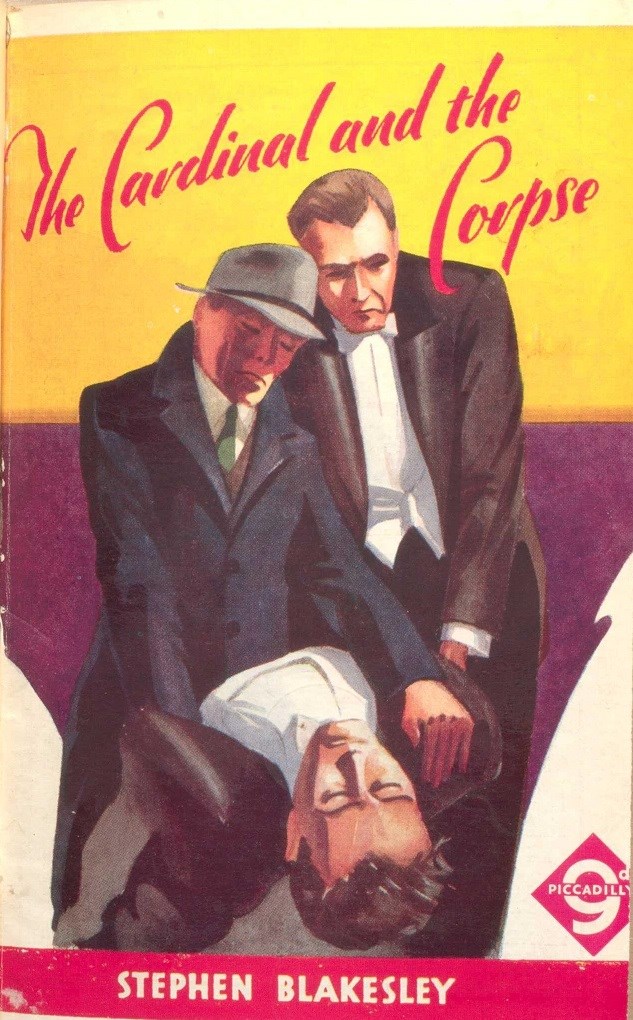Live in the Living Room

Please join us at the dlr Lexicon library in Dun Laoghaire on Saturday 21st and Sunday 22nd March for the Live in the Living Room book fair, as part of the Mountains to Sea/dlr Poetry Now Festival.

Please join us at the dlr Lexicon library in Dun Laoghaire on Saturday 21st and Sunday 22nd March for the Live in the Living Room book fair, as part of the Mountains to Sea/dlr Poetry Now Festival.

The Cardinal and the Corpse, a 40-minute semi-documentary made in 1992 by Christopher Petit and Iain Sinclair for a late-night slot on Channel 4, described quite accurately by one commentator as ‘a show about books and bibliophiles in London,’ muddied the pseudonymous O’Brien waters further. When I first watched it, I had no idea what was going on in The Cardinal and the Corpse, or who most of the people in it—with the exception of Alan Moore and British science fiction writer Michael Moorcock—were. It seemed to be another story with several beginnings, several different threads running through it, none of which I had the slightest understanding of.

‘We went to the loft while the wedding party was eating. The fiddler came too.
‘Take yer partners for a set’, the fiddler said.
We were about twenty boys and there was only one girl. She was well danced. A feeling of poignancy undertoned our merriment.
‘This would make a good wake’ a philanderer said.
‘Only the corpse is missing’, another said.The Green Fool, P. Kavanagh.
As just boiled coffee is poured into a small glass of milk, a moment of sadness is experienced – and at first I enjoy that I seem to have no control over that.
My girlfriend – with whom I have recently reconciled after some time apart – is away, in Spain, in Madrid, on a residency, a work placement – and while I know that she will return to London when it ends I find it difficult to avoid feeling sad because of that.
If I were busier I would not feel so sad, perhaps.

In the city, there are ten thousand thousand mouths. But a mouth is a terrible thing. A gash across the skin; a slit that has been widened and then healed so that two lumps of scar tissue trace the wound on either side. And inside, inside some instinct has caused lumps of calcium and carbon and bone to protrude out, sprouting in some awful facsimile of symmetry; each lump pointing upward, anchored with a cruel hook below the jaw, their surfaces blunted and ground down into flat planes that crush and grind.

‘I matured at twenty-four,’ says Morton Feldman, in a radio interview with Charles Shere, in California in 1967. He was forty-one at the time, almost half-way through his mature period, which ended with his death in 1987. It was shortly before he stopped working for his father. Feldman’s conversation with Shere is cyclical, but wide-ranging. There are many long pauses, and many half-jokes that aren’t really that funny. You can hear them lighting cigarettes in the studio, the curl of a match inches from the microphone. They’re spiralling around this idea, arguably the central assertion of Feldman’s career, that he doesn’t believe in Hegel, but in god. At first I wasn’t sure what that meant. I wasn’t sure that anyone he said it to knew either, but they went along with it anyway. So will I.